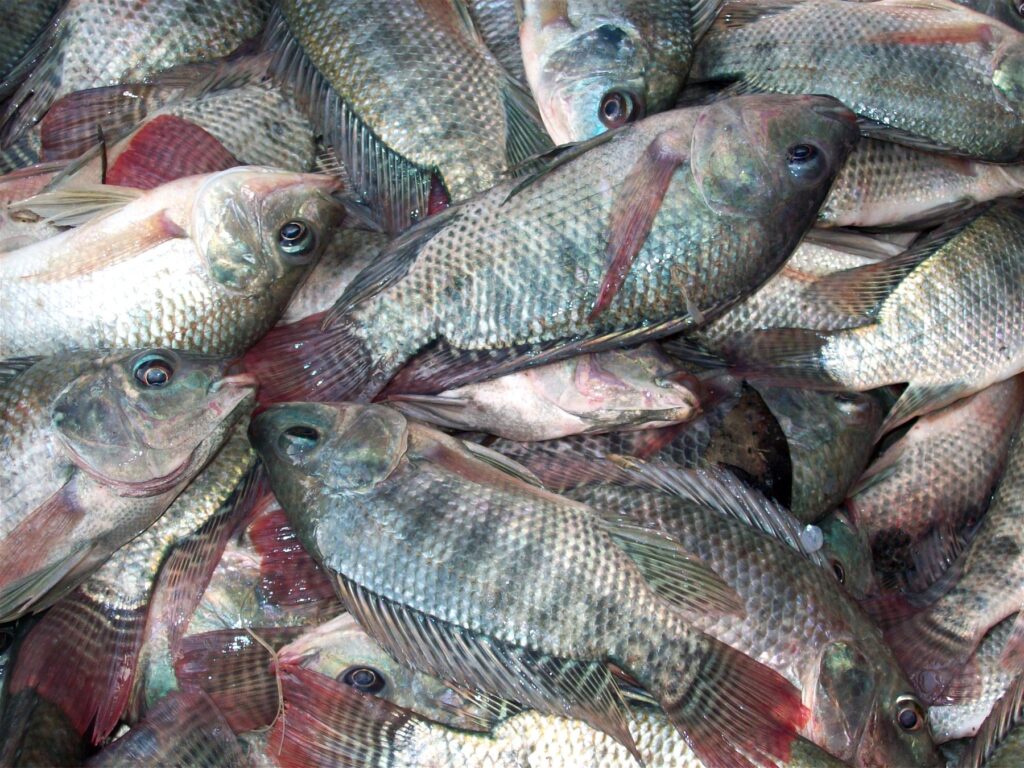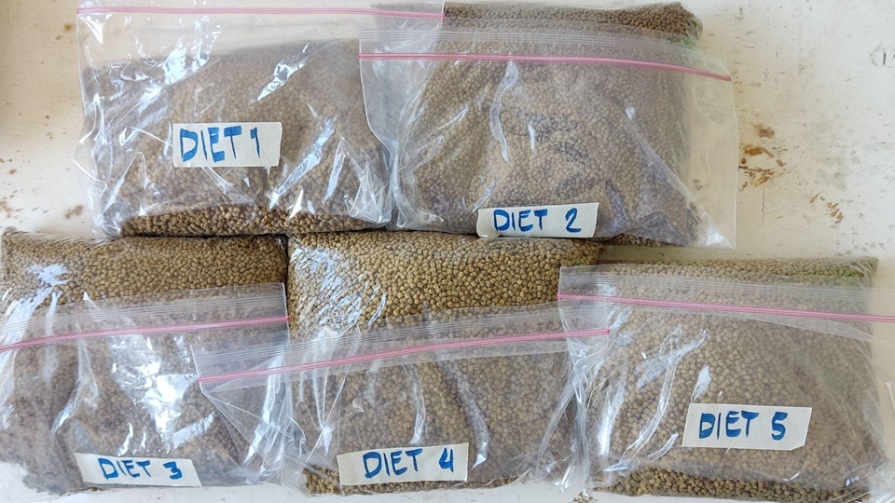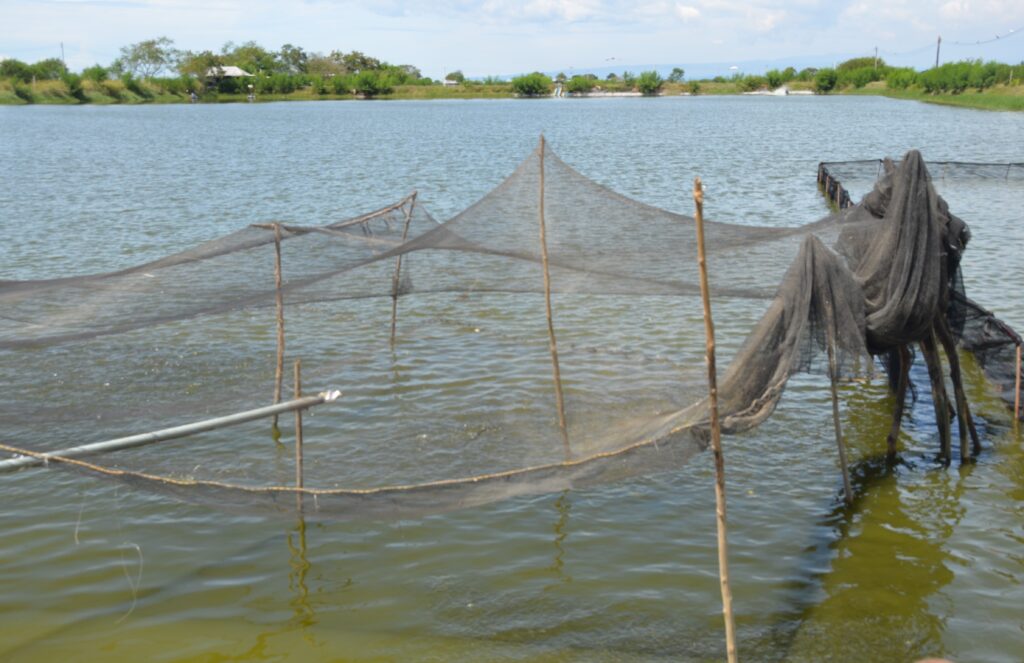By Henrylito D. Tacio

Although not a native of the Philippines, coconut is considered as God’s gift to Filipinos. As one historian wrote: “A man sleeps in the shade of the tree. He is awakened when a nut falls, drinks the water, and eats some of the meat. He then feeds the rest of the meat to the chickens, which produce eggs, milk, and meat. The leaves provide thatch for the roof and walls of his coconut hut, and are also woven into hats, baskets, and mats.”
The Philippines is the world’s second largest producer of coconut products, after Indonesia. But the Philippines is the top exporter of coconut products (about 64% of the world’s copra and coconut oil comes from the Philippines). About 25% of cultivated land is planted to coconut trees, and it is estimated that between 25% and 33% of the population is partly dependent on coconuts for their livelihood.
Copra or dried coconut meat is the main product of coconuts. It has a high oil content, as much as 64%. Coconut oil, which is the most readily digested among all fats of general use in the entire world, provides about 9,500 calories of energy per kilo. Its chief competitors are soya bean oil, palm oil, and palm kernel oil.
Unknown to many, coconut oil is used as a basic ingredient in some cosmetic soap products. Coconut oil is also used as a basic ingredient to make toothpaste for sensitive teeth. In addition, coconut oil can also be applied to skin to treat minor irritations like insect bites and sunburn.
In the Philippines and other parts of Asia, coconut oil is used in cooking. But its use is being discouraged in Western countries like the United States as it reportedly contains highly saturated fats, which is bad for the heart.
“In the United States, they do not sub-classify fats,” says Yvonne T. B. Agustin, of the United Coconut Association of the Philippines. “Saturated fat is saturated, period. Unlike with polyunsaturated, we have Omega 3, Omega 6, and Omega 9. Americans do not classify saturated fats as either short-chain, medium-chain, or long-chain saturated. They only know one kind of saturated fat and that’s animal fat.”
What those people don’t know is that the type of fat in coconut oil is a medium-chain saturated fat that is easily metabolized into energy. “These fatty acids are different from those commonly found in other food sources and are burned almost immediately for energy production, and so that they are not converted into body fat or cholesterol and do not affect blood cholesterol levels,” said Dr. Bruce Fife, a nutritionist and naturopathic physician who wrote The Healing Miracles of Coconut Oil.
Now, there’s another use of coconut oil. Being rich in medium-chain fatty acids, coconut oil was found to be an effective dietary supplement to promote the growth of saline-tolerant tilapia.
Saline-tolerant tilapias are strains originally developed by Filipino researchers intended for the expansion of tilapia production in brackish water and saltwater environments and to prevent mass mortalities due to saltwater intrusions into the rivers due to rising seawater levels in tilapia-producing areas.
The use of coconut oil as dietary supplement for tilapia was discovered through the project, “Medium Chain Fatty Acids and Mannose Polysaccharide from Coconut as Dietary Supplement to promote growth and improve health of cultured saline-tolerant strain of Oreochromis niloticus.”
The said study was funded by the Laguna-based Philippine Council for Agriculture, Aquatic and Natural Resources Research and Development (PCAARRD) of the Department of Science and Technology (DOST). The project intended to address the high cost of tilapia feeds.
As a result of the study, the use of expensive and imported soybean feed oil used as energy source in tilapia feeds was decreased.
“The project findings showed that coconut dietary supplement can eliminate completely the use of dietary soybean oil and improve growth without compromising the health and survival of saline-tolerant tilapia,” wrote Dr. Carmelo S. del Castillo and Rizza B. Ramoran of the Science and Technology Media Service.
According to the study, the growth promoting effect of the medium-chain fatty acids is attributed to significant enhancement of Insulin-like Growth Factor (IGF), a growth hormone inducer that promotes growth hormone secretion and increases fish growth.
Coconut oil, the study said, contains about 50 percent medium-chain fatty acids that are beneficial in promoting growth and improving tilapia health.
“Coconut oil supplementation in the tilapia diet has also improved fatty-acid composition of the tilapia flesh,” Del Castillo and Ramoran wrote.
Tilapia flesh is known to contain a significant amount of Omega-6 fatty acids that are implicated to promote inflammatory and metabolism-associated diseases in humans.
“Omega-6 fatty acids are found everywhere in the body,” the website WebMD.com explains. “They help with the function of all cells. But too much omega-6 fatty acids can change the way cells react and have harmful effects on cells in the heart and blood vessels.”
Based on the study, the use of coconut oil was able to decrease the omega-6 fatty acids. More importantly, it was able to increase the omega-3 fatty acids, which are described as “healthy fatty acids.”
“(The omega-3 fatty acids) are an integral part of cell membranes throughout the body and affect the function of the cell receptors in these membranes,” explains the Harvard T.H. Chan School of Public Health. “They provide the starting point for making hormones that regulate blood clotting, contraction and relaxation of artery walls, and inflammation. They also bind to receptors in cells that regulate genetic function.
“Likely due to these effects, omega-3 fats have been shown to help prevent heart disease and stroke, may help control lupus, eczema, and rheumatoid arthritis, and may play protective roles in cancer and other conditions.”
The coconut-oil supplementation in the study resulted in up-regulating the tilapia genes involved in long-chain fatty acid synthesis. Dietary supplementation improves carcass quality and nutritive value of saline tilapia for human consumption, the study found.
In like manner, the study has shown that complete or total replacement of soybean meal with protein-enriched copra meal (PECM) in tilapia feeds is feasible with the coconut oil supplementation. The feed value of PECM in tilapia was improved and found equal to that of the soybean meal when coconut oil was used as a dietary supplement.
Apart from coconut oil, coconut mannan included in the diet has also elicited prebiotic effects and improved the gut health of tilapia.
“With a less expensive bioactive feed additive, developments of the project are expected to benefit tilapia growers, fish cage culture operators, coconut farmers, and the entire aquaculture industry,” Del Castillo and Ramoran concluded.
The tilapia used in the study was a strain of Nile tilapia (Oreochromis niloticus). Called gray tilapia, it has several improved breeds available from government and private hatcheries. It can tolerate brackish water with salinities of up to 25 parts per thousand.
Tilapia was very popular during Biblical times as it was a symbol of rebirth in Egyptian art. It was also one of the three main types of fish that can be found in the Sea of Galilee.
The fish is sometimes called “St. Peter’s fish,” due to a story mentioned in the Gospel of Matthew about the apostle Peter catching a fish that carried a coin in its mouth, though the passage didn’t name the fish.
Tilapia has gained popularity among Filipinos who cooked the fish in different ways: either grilled or fried. Tilapia can also be made into a sinigang (a sour soup using tamarind, santol, guava or calamansi as a base) and paksiw (similar to sinigang but uses only vinegar).
Tilapia has replaced galunggong (scad) as the poor man’s fish. Nutritionists claim that 100 grams of tilapia provides about 93 calories, with one gram of fat (0.5 grams saturated), 55 milligrams of cholesterol, 37 grams of sodium, 0.5 milligram of iron, 19.5 grams of protein, and 90 milligrams of omega-3 fatty acids. – ###


